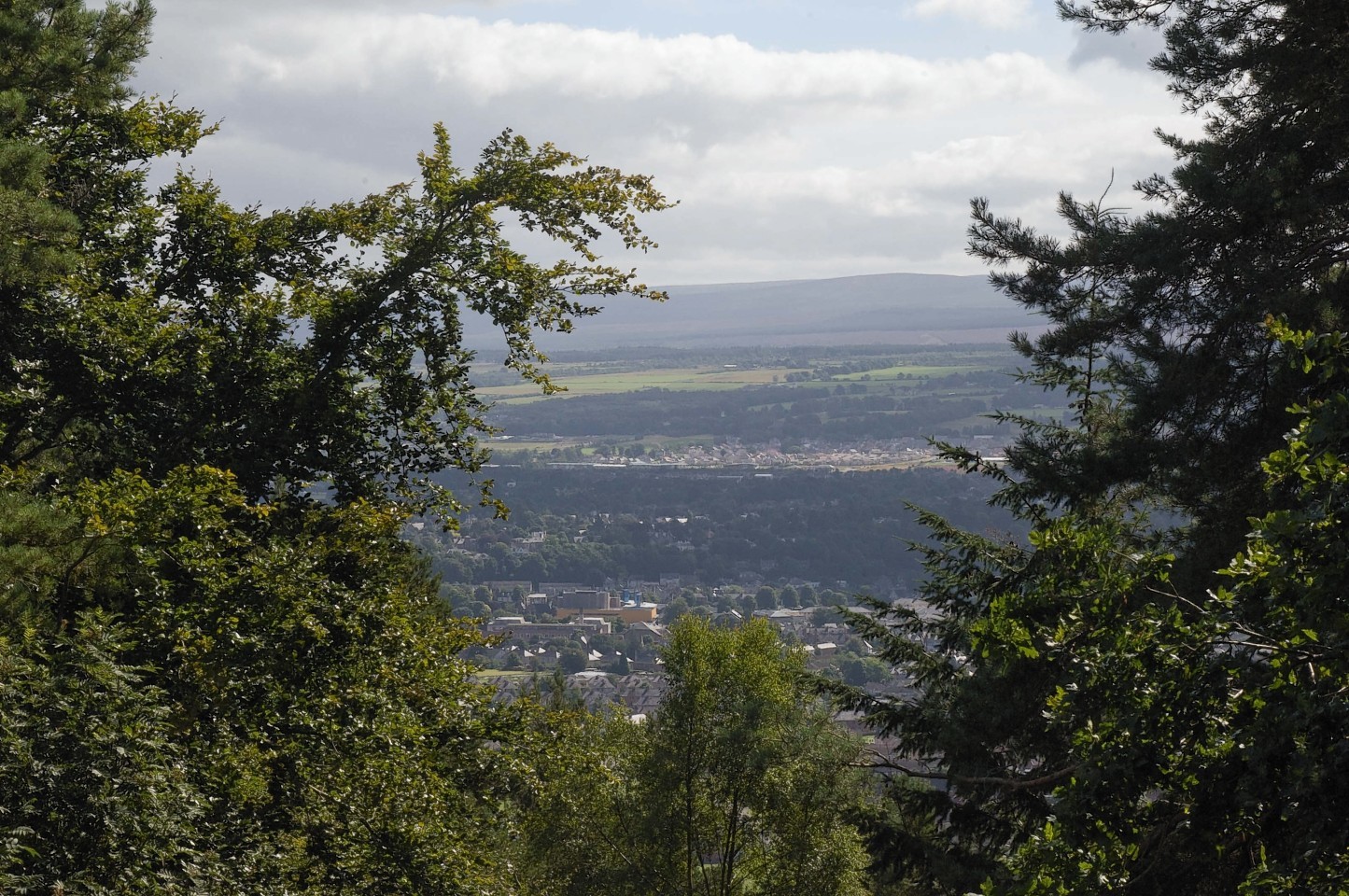A hilltop fort overlooking Inverness is to have its commanding all round views restored as part of improvements to the historic visitor attraction.
The Iron Age fort was built on the summit of Craig Phadrig because the hill gave the defenders clear sight of any attackers trying to sneak up on them.
But over the years, pinewood planted on the slopes have obliterated the fantastic views once enjoyed by King Brude and his followers, it is said.
Forest Enterprise Scotland is starting improvements to the visitor area and the work, which is expected to last for three weeks from August 12, will involve tree felling and laying chipping at the car parks.
Some car parking spaces will be closed to allow heavy machinery access to the site but the forest trails that take people up on to the fort will not be affected.
Jack Mackay of Forest Enterprise Scotland’s team said: “Craig Phadrig is a fantastic site and probably one of the most impressive of the hundreds of sites that are hidden away on the national forest estate.
It is a very atmospheric place that gives visitors a glimpse into the distant past and of what life might have been like here thousands of years ago.
“The felling that we’ll be doing will make the site even more appealing and visually arresting by opening up some of the incredible views across the city and the landscape round about.
“It will make it easy to see why Iron Age people would have picked such a great vantage point to build a stronghold.”
The felling will also let more light into the site and encourage a wider range of ground cover plants to grow. It follows similar works at Ord Hill on the Black Isle carried out last year to great acclaim.
Mr Mackay asked that anyone coming to the site should observe signs, stay away from the areas where work is going on and stay away from the machinery.
The fort was first built in the Iron Age ( c300 BC) before being abandoned, burned and later re-occupied as the headquarters of a Pictish King Brude.
The structure is known as a vitrified fort because at some stage the wood intertwined with the stones was set alight or accidentally caught fire, causing temperatures so high the rocks fused together.
